Search results for 'palette'
-
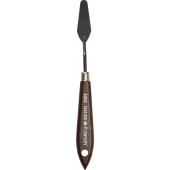
Daler-Rowney Palette Knives
Starting at: £5.40
-
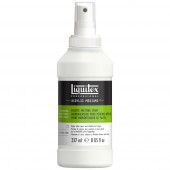
Liquitex Palette Wetting Spray
Starting at: £20.40
-

Plastic 6 Well Palette
Starting at: £0.85
Call to Order
-
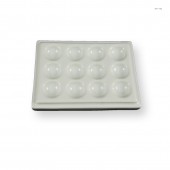
Ceramic 12 Well Palette
Starting at: £10.95
-
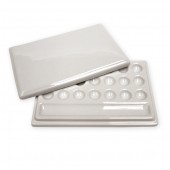
Ceramic 21 Well Palette with Lid
Starting at: £26.95
-
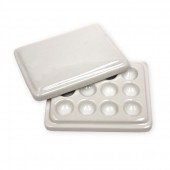
Ceramic 12 Well Palette with Lid
Starting at: £10.95
Call to Order
-
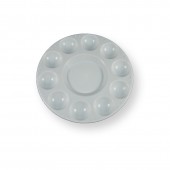
Plastic 10 Well Round Palettes
Starting at: £1.70
Call to Order
-
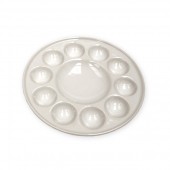
Ceramic 10 Well Round Palette
Starting at: £14.40
Call to Order
-

Holbein White Plastic Reversible Palette
Starting at: £4.90
Call to Order
-
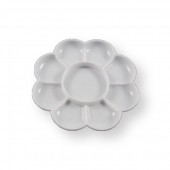
Plastic 9 Well Flower-shaped Palette
Starting at: £2.95
-
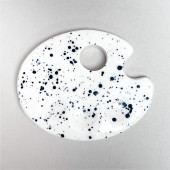
Lilian May, Mini Ceramic Palette
£12.00 -
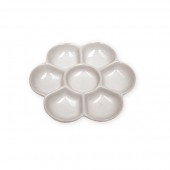
Ceramic 7 Well Flower-shaped Palette
Starting at: £9.80
-
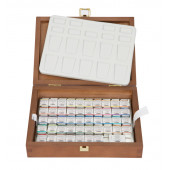
Schmincke Horadam Box 48 Half Pans
Starting at: £271.95
-
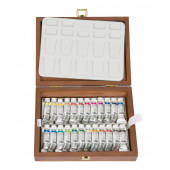
Schmincke Horadam Box 24 x 5ml Tubes
Starting at: £209.60
-
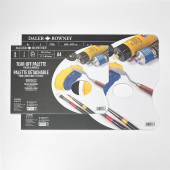
Daler Rowney Tear-Off Palette, Oil and Acrylic
Starting at: £15.50
-
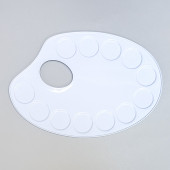
Holbein Metal Palette, Oval
£4.50 -
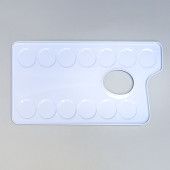
Holbein Metal Palette, Rectangular
£4.50 -
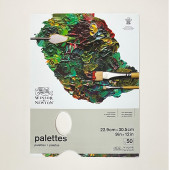
Winsor & Newton Tear-Off Palette, Oil and Acrylic
£10.25 -
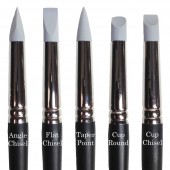
Colour Shapers
Starting at: £7.00
-
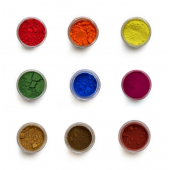
Small, 15ml Pigment sizes
Starting at: £4.00
-
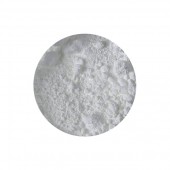
Zinc White Pigment
Starting at: £4.00
-

Mixing Slab
Starting at: £24.00
-

Potters Pink Pigment
Starting at: £22.00
-
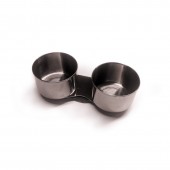
Cylindrical Dippers
Starting at: £4.95
-
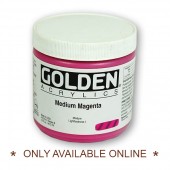
Golden Heavy Body Acrylic 473ml
Starting at: £47.30
-
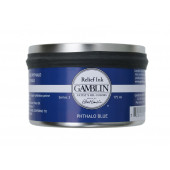
Gamblin Relief Printing Inks 175ml
Starting at: £16.00
-
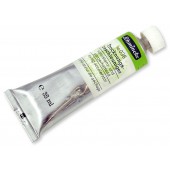
Schmincke Drying Accelerator for Oils
Starting at: £8.20
-
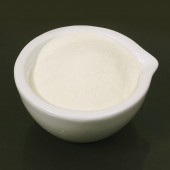
Casein Lactic
Starting at: £15.95
-

Ultramarine Blue Limewash Pigment
Starting at: £6.30
-
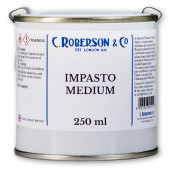
Roberson Impasto Medium
Starting at: £16.50




